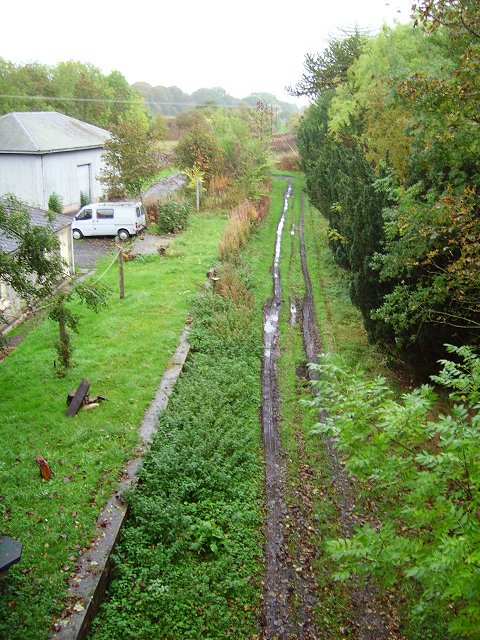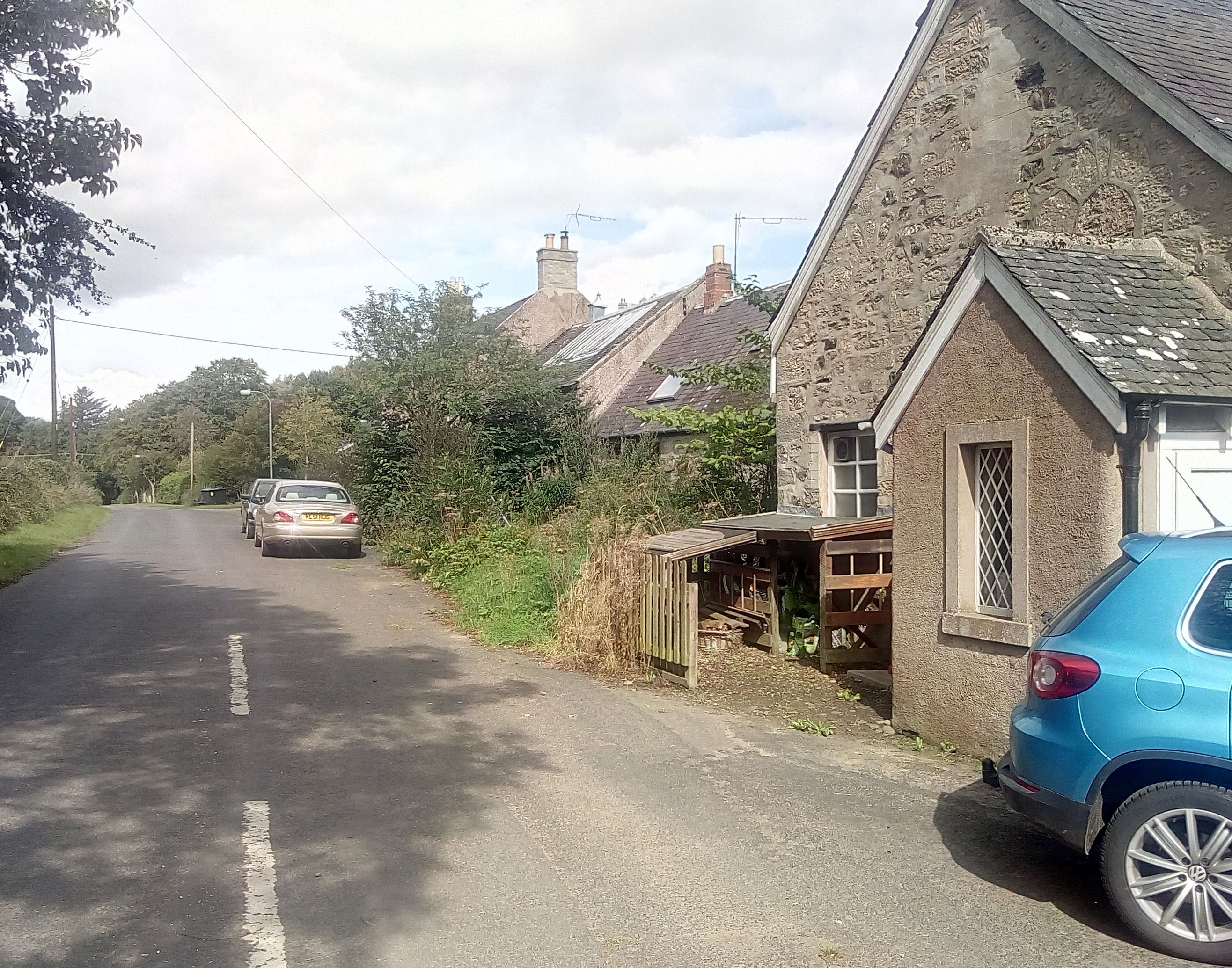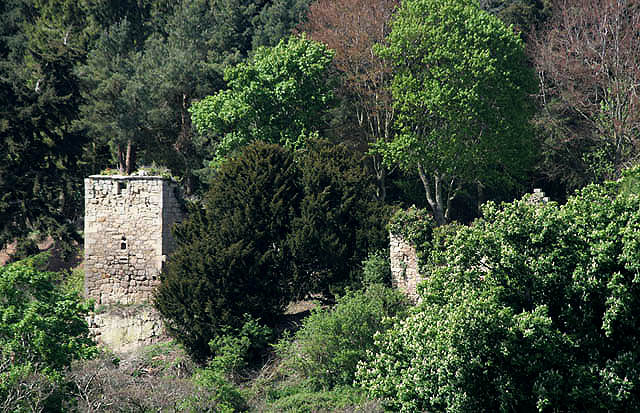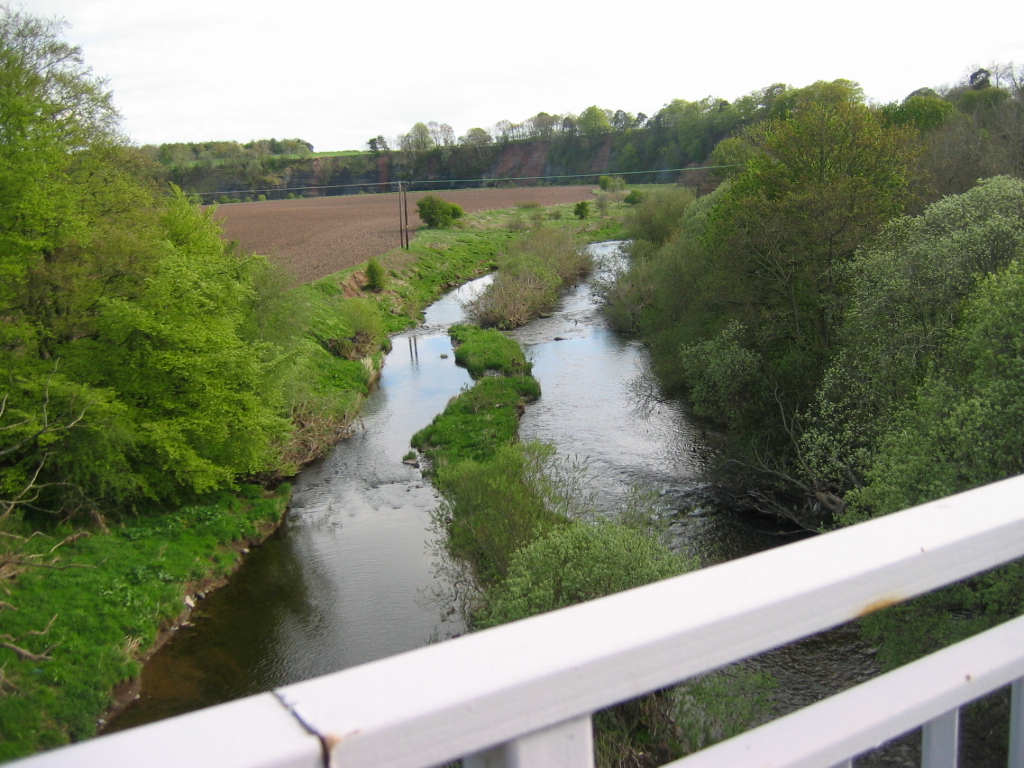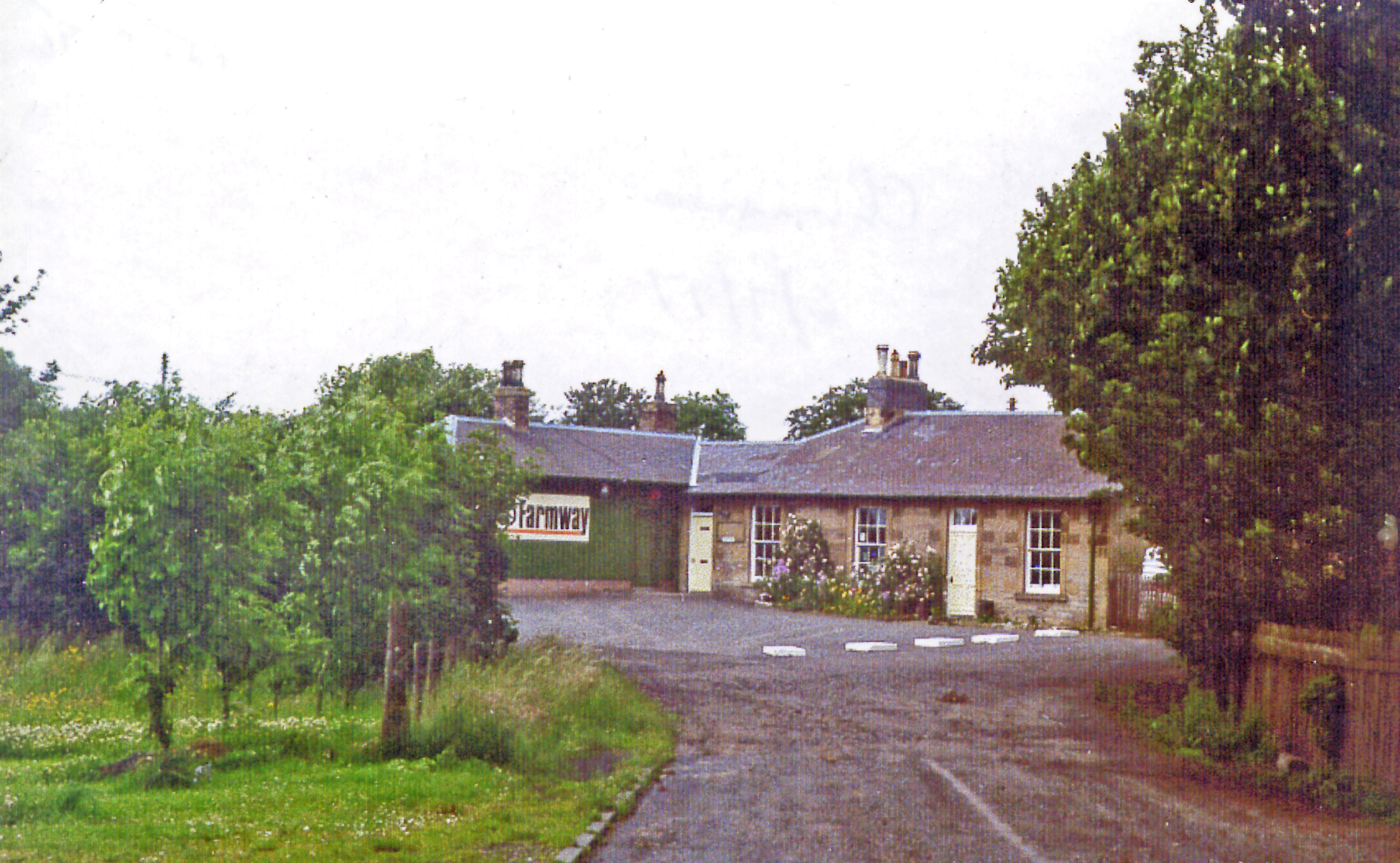Covert Plantation
Wood, Forest in Berwickshire
Scotland
Covert Plantation

Covert Plantation, located in Berwickshire, is a picturesque woodland area spanning over several acres. Situated amidst the rolling hills and lush green fields of the Scottish Borders, this forest is a haven for nature enthusiasts and outdoor adventurers alike.
The plantation boasts a diverse range of tree species, including oak, beech, birch, and pine, creating a rich tapestry of colors throughout the year. The woodland floor is carpeted with a variety of plants, such as bluebells, ferns, and mosses, adding to its natural beauty.
The area is well-maintained, with well-defined trails and paths that wind through the forest, making it accessible for hikers and walkers of all abilities. These trails offer visitors the chance to explore the woodland at their own pace, while also providing opportunities for wildlife spotting.
Covert Plantation is home to a wide array of animal species, including deer, foxes, badgers, and numerous bird species. Birdwatchers can spot woodpeckers, owls, and various songbirds nestled among the branches. The forest also attracts a variety of migratory birds throughout the year, adding to its ecological significance.
Visitors to Covert Plantation can indulge in activities such as birdwatching, photography, picnicking, and simply enjoying the tranquility of the surroundings. The plantation is open year-round, with each season offering its own unique charm. In spring, the woodland comes alive with vibrant blossoms and chirping birds, while autumn showcases a breathtaking display of fiery foliage.
Covert Plantation, with its enchanting woodland and abundant wildlife, offers a serene escape from the hustle and bustle of everyday life, making it a cherished destination for both locals and tourists seeking a peaceful retreat in the heart of Berwickshire.
If you have any feedback on the listing, please let us know in the comments section below.
Covert Plantation Images
Images are sourced within 2km of 55.791667/-2.262076 or Grid Reference NT8355. Thanks to Geograph Open Source API. All images are credited.



Covert Plantation is located at Grid Ref: NT8355 (Lat: 55.791667, Lng: -2.262076)
Unitary Authority: The Scottish Borders
Police Authority: The Lothians and Scottish Borders
What 3 Words
///anyway.double.limitless. Near Allanton, Scottish Borders
Nearby Locations
Related Wikis
Edrom railway station
Edrom railway station served the village of Edrom, Scottish Borders, Scotland from 1852 to 1951 on the Berwickshire Railway. == History == The station...
Edrom
Edrom is a parish and small village in the pre-1975 ancient county of Berwickshire, now an administrative area of the Scottish Borders region of Scotland...
Blanerne Castle
Blanerne Castle is the remains of a 16th-century fortified house, located in the grounds of Blanerne House, an 18th-century country house between Chirnside...
Chirnsidebridge
Chirnsidebridge is a village near Chirnside in the Scottish Borders area of Scotland, at a bridge over the Whiteadder Water on its journey towards the...
Allanbank, Scottish Borders
Allanbank is a village near Allanton, in the Scottish Borders area of Scotland, in the historic county of Berwickshire. Allanbank Chapel was dedicated...
Chirnside railway station
Chirnside railway station served the village of Chirnside, Scottish Borders, Scotland from 1863 to 1965 on the Berwickshire Railway. == History == The...
Kelloe House
Kelloe House was a country house in the former Berwickshire, in the Parish of Edrom, in the Scottish Borders. The house has been demolished. Kelloe Mains...
Blackadder House
Blackadder House was an estate and stately house near the village of Allanton, in Berwickshire, Scotland. It was built on the site of the earlier Blackadder...
Nearby Amenities
Located within 500m of 55.791667,-2.262076Have you been to Covert Plantation?
Leave your review of Covert Plantation below (or comments, questions and feedback).














